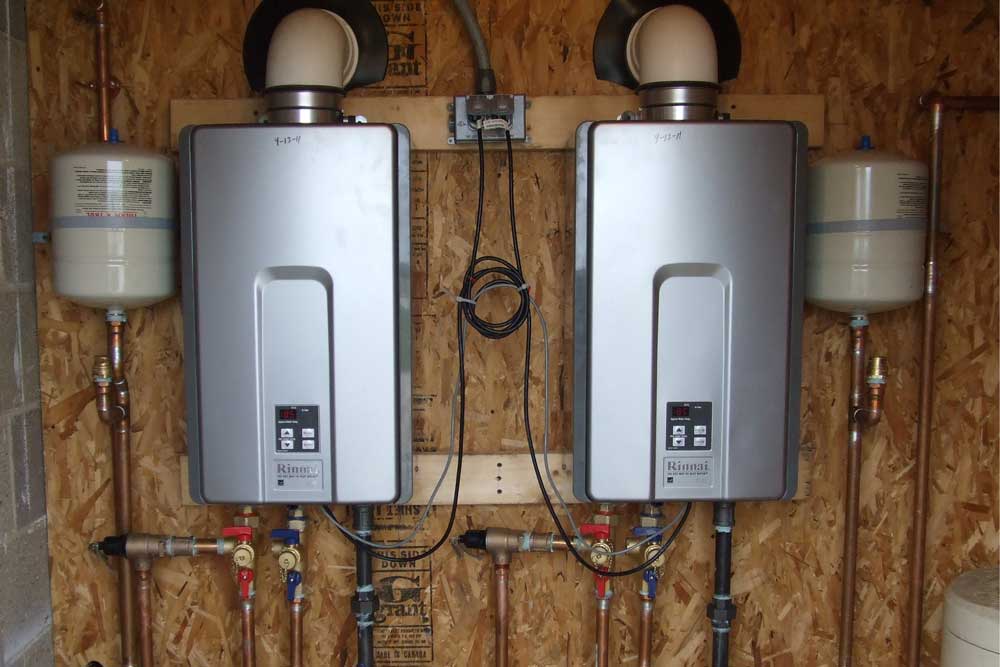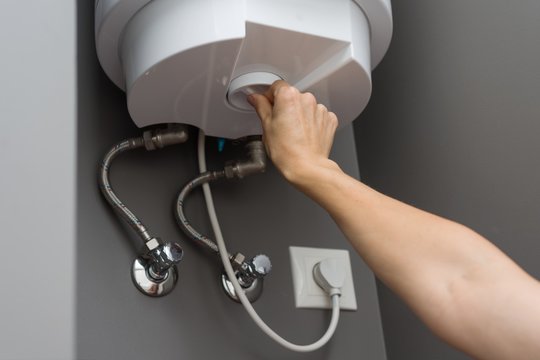Steps to Prolong the Life of Your Home's Hot Water System By Maintenance
Steps to Prolong the Life of Your Home's Hot Water System By Maintenance
Blog Article
We have come across this post relating to How to Maintain a Hot Water Heater in a Few Simple Steps down the page on the net and concluded it made good sense to share it with you on this page.

Hot water is important for everyday comfort, whether it's for a refreshing shower or cleaning dishes. To guarantee your warm water system runs effectively and lasts much longer, regular maintenance is essential. This write-up gives practical tips and insights on exactly how to preserve your home's warm water system to prevent disturbances and costly repair work.
Intro
Keeping your home's warm water system might seem complicated, yet with a couple of simple actions, you can guarantee it operates efficiently for several years to come. This guide covers every little thing from recognizing your hot water system to DIY maintenance suggestions and understanding when to employ expert assistance.
Relevance of Preserving Your Warm Water System
Normal maintenance not only prolongs the life-span of your hot water system however additionally guarantees it operates effectively. Ignoring upkeep can bring about lowered efficiency, higher energy expenses, and also early failing of the system.
Indicators Your Warm Water System Requirements Upkeep
Knowing when your hot water system needs interest can protect against significant issues. Look out for indications such as inconsistent water temperature level, odd sounds from the heating system, or rustic water.
Understanding Your Hot Water System
Before diving right into upkeep jobs, it's practical to comprehend the fundamental elements of your hot water system. Generally, this includes the hot water heater itself, pipelines, anode rods, and temperature controls.
Monthly Upkeep Tasks
Routine month-to-month checks can assist catch minor concerns prior to they intensify.
Flushing the Water Heater
Purging your water heater removes sediment buildup, improving efficiency and prolonging its life.
Checking and Replacing Anode Rods
Anode poles prevent rust inside the storage tank. Inspecting and changing them when worn is important.
Checking and Readjusting Temperature Level Settings
Readjusting the temperature settings makes certain optimal efficiency and security.
DIY Tips for Upkeep
You can do several upkeep tasks yourself to keep your warm water system in leading condition.
Checking for Leaks
Regularly check pipes and links for leaks, as these can bring about water damage and greater expenses.
Testing Stress Relief Valves
Examining the pressure safety valve ensures it functions properly and prevents too much pressure build-up.
Insulating Pipelines
Protecting warm water pipes lowers warm loss and can conserve energy.
When to Call a Specialist
While do it yourself maintenance is beneficial, some problems require specialist competence.
Complex Concerns Needing Professional Aid
Instances include significant leaks, electric issues, or if your water heater is constantly underperforming.
Regular Expert Upkeep Advantages
Specialist maintenance can consist of extensive inspections, tune-ups, and making certain compliance with safety and security standards.
Final thought
Normal maintenance of your home's warm water system is crucial for efficiency, durability, and expense financial savings. By adhering to these pointers and recognizing when to seek expert aid, you can ensure a reputable supply of warm water without unexpected disruptions.
Water Heater Maintenance: The Basics
Maintaining your water heater will ensure it operates efficiently and has a longer lifespan. Neglecting regular maintenance can lead to costly repairs and an even bigger chunk of your savings if you have to replace it sooner than necessary. But there’s good news: Most water heater maintenance tasks are relatively simple and easy for homeowners with basic DIY skills.
Flush the Water Heater
Over time, sediment and minerals can build up in the tank, reducing its efficiency and potentially causing damage. To flush the tank, turn off the power or gas supply, attach a hose to the drain valve near the bottom and open the valve to drain the water until it runs clear. Ideally, flush the tank annually.
Replace the Anode Rod
The anode rod is a sacrificial metal rod that helps prevent corrosion inside the tank. Inspect and replace it every three to five years or per the manufacturer's recommendation. To replace the anode rod, turn off the power or gas supply, drain a few gallons of water from the tank, unscrew the old rod and replace it with a new one. If the anode rod is significantly corroded or covered in calcium buildup, it's a sign the water heater may need to be replaced soon.
Tune-Up
A yearly tune-up can help identify potential issues and ensure your water heater operates at peak efficiency. This typically involves checking the thermostat, burner assembly (for gas heaters) and any other components specified by the manufacturer. During a tune-up, the technician may also clean the burner and adjust the pilot light (for gas heaters) or examine the heating elements (for electric heaters).
How to Maintain Your Water Heater
Insulate the tank. Insulating the tank can improve energy efficiency and reduce heat loss, saving you money on energy bills. You can purchase precut insulation blankets designed specifically for water heaters or use standard fiberglass insulation wrapped securely around the tank. Check the temperature. The recommended water temperature for most households is around 120 degrees Fahrenheit (49 degrees Celsius). Higher temperatures can increase energy costs and potentially cause scalding. Use a kitchen thermometer to check the temperature at the faucet nearest the water heater. Monitor water pressure. Excessive water pressure can strain the water heater and cause leaks or even tank failure. Install a pressure-reducing valve if necessary. The ideal water pressure range is between 60 and 70 PSI (pounds per square inch). Test the temperature and pressure (T&P) relief valve. The T&P relief valve is a safety feature that releases pressure if the tank gets too hot or the pressure builds up too high. Test it annually by lifting the lever and allowing a small amount of water to release. Replace the valve if it doesn't release water or reseal properly. Check for leaks. Regularly inspect the tank, pipes and fittings for leaks or corrosion. Deal with issues promptly to prevent further damage. Even a small leak can lead to significant water damage over time. Consider a tankless water heater. If your traditional tank-style water heater is nearing the end of its lifespan ( typically 10 years), consider replacing it with a tankless water heater. These units heat water on demand, reducing standby energy losses and potentially saving you money on your energy bills. Schedule professional maintenance. While homeowners can perform many water heater maintenance tasks, it's still a good idea to schedule professional maintenance every few years. A plumber or HVAC technician can thoroughly inspect the unit, identify potential issues and ensure it operates safely and efficiently. https://www.homeserve.com/en-us/blog/home-improvement/hot-water-heater-maintanence/

We had been shown that article about Tips on Maintaining a Water Heater through a buddy on a different web blog. Loved our piece of writing? Please share it. Help another person locate it. Thank you for your time. Return soon.
Course Detail Report this page